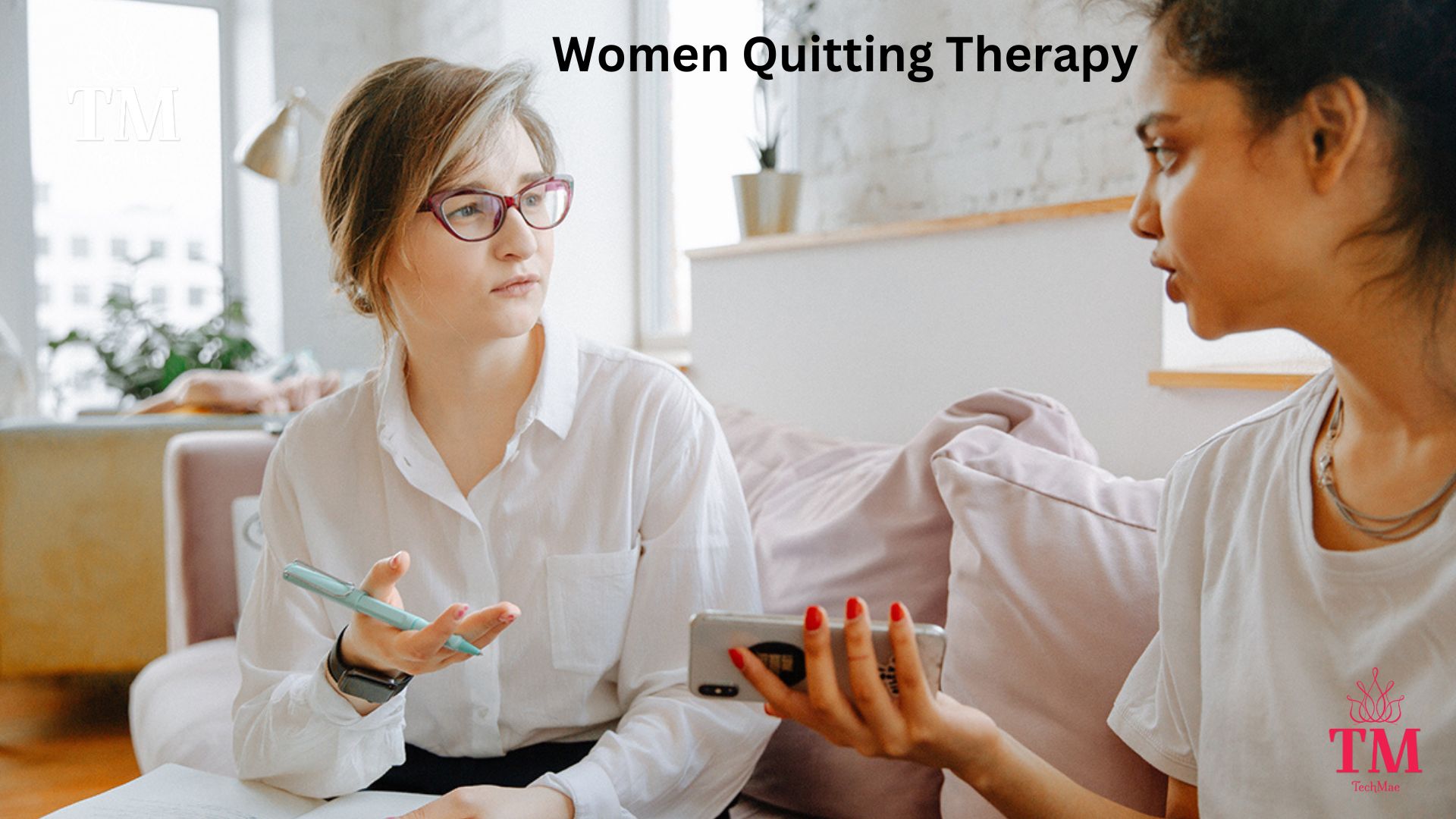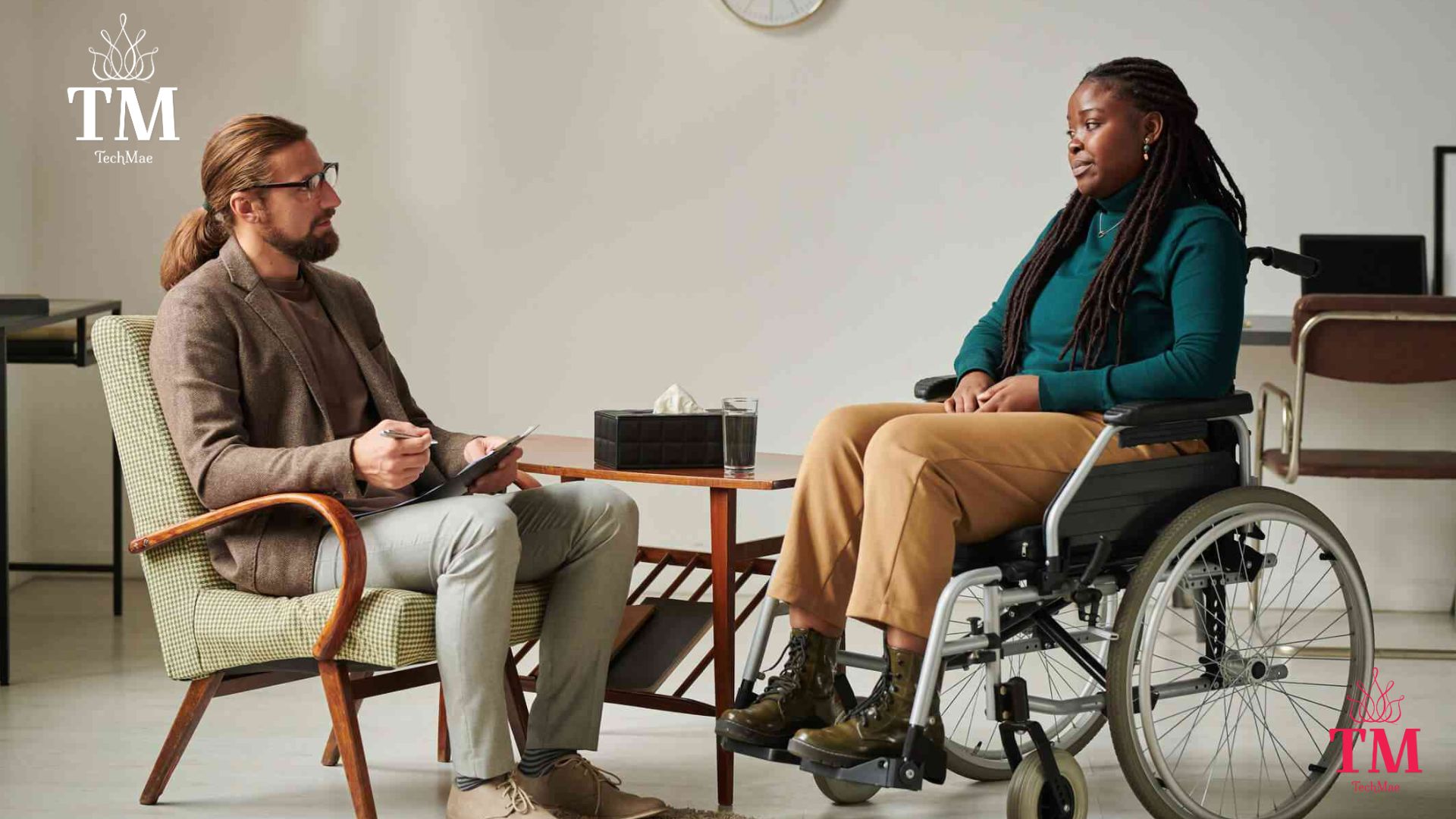The Therapy Exodus: Why Women Are Walking Away
More than ever are women quitting therapy—but not because it doesn’t work. Learn why the system is broken and explore the 2025-approved alternatives that actually support women. Women Quitting Therapy was supposed to be the ultimate act of self-care—so why are 1 in 3 women quitting within six months?
Spoiler: It’s not because they’re “healed.”
Between outdated methods, sky-high prices, and emotional disconnects, Women Quitting Therapy across the country are opting out—and speaking up. This isn’t about failure. It’s about evolution. Here’s what’s really happening—and the 2025-approved healing options that actually work.
“My Therapist Doesn’t Get Me” (The Empathy Gap)
The Problem:
43% of Women Quitting Therapy say their therapist “doesn’t understand modern stressors” like financial anxiety, racial fatigue, or social media burnout (2025 Therapy Exit Survey).
Real Talk:
“My CBT therapist told me to ‘journal my worries’—but I need help negotiating a raise.” —@CorporateBurnout (Reddit)
The Fix:
– Try feminist therapy: It focuses on power dynamics and real-world stress, not just internal mindset.
– Or explore niche coaching: Think financial therapists, trauma-informed ADHD specialists, or burnout recovery mentors.
“I Can’t Afford to Heal” (The $200/Hour Crisis)
The Stats:
Traditional therapy costs $100–$300 per session. 42% of Women Quitting Therapy skip sessions due to financial stress (APA 2025 Report). Worse? 67% of therapists don’t accept Medicaid or affordable insurance.
The Hack:
– Sliding-scale clinics: Try Open Path Collective ($30–$60/session).
– AI therapy apps: Woebot and BetterHelp offer accessible mental health tools.
– Community care: Join moderated, free support inside TechMae’s Mental Health Hubs.
“Same Script, Zero Progress” (The Stagnation Trap)
Signs You’re Stuck:
– You rehash the same story week after week.
– Your therapist suggests breathing exercises—for everything.
What to Do:
– Audit your therapy: Ask yourself, “What measurable progress have I made in the last 3 months?”
– Switch modalities:
– EMDR for trauma
– DBT for emotional regulation
– Psychedelic-assisted therapy (legal in 22 states and growing)
“I’m Tired of Doing All the Work” (The Emotional Labor Tax)
The Irony:
Too many women leave sessions feeling more drained than when they arrived—especially if they’re:
– Explaining racism, queerness, or neurodivergence to their therapist
– Assigned “homework” that feels like another job
The Solution:
You’re allowed to break up with your therapist.
– Look for someone who shares your identity, values, and approach.
– Try directories like Therapy for Black Girls or Inclusive Therapists.
– Demand collaborative healing, not just canned advice.
The 2025 Alternatives That Actually Work
Body-Based Healing
– TMS therapy: Non-invasive brain stimulation with 80% success in depression patients.
– Cold plunges + saunas: Reduce cortisol faster than talk therapy (Journal of Behavioral Medicine).
B. Tech-Powered Support
– PTSD.app: AI-powered exposure therapy that adapts to your triggers.
– TechMae Community: Real-time, safe chats with real women who get it.
C. Medication Without Shame
– Testosterone Women Quitting Therapy: Emerging mood booster—requires medical oversight.
– Psilocybin microdosing: Legal in Oregon and Colorado; early research shows promise in healing trauma, depression, and emotional disconnection.
The Takeaway: Therapy Isn’t Dead—It’s Evolving
Your healing is valid—whether it happens in a therapist’s office or not.
Next Steps:
– Audit your current plan. Is it actually helping you feel more whole?
– Explore healing hybrids: Think yoga therapy + financial coaching, somatic work + sisterhood.
– Join TechMae’s App—where women redesign what healing looks like in 2025.
Because quitting therapy doesn’t mean you failed.
It means the system failed you—and you chose to rise anyway.
Mic Drop: “You don’t need to be fixed. You need to be supported.”



